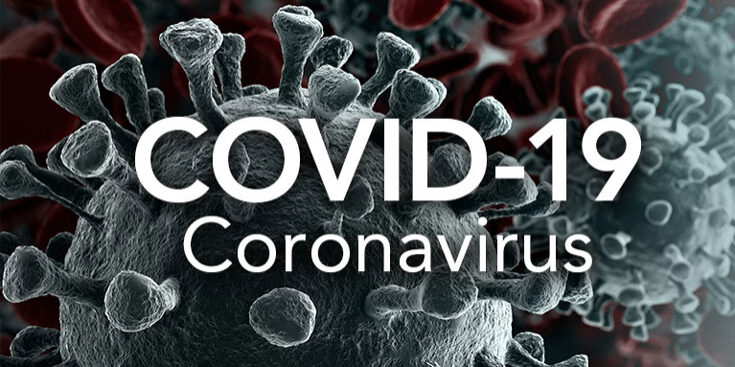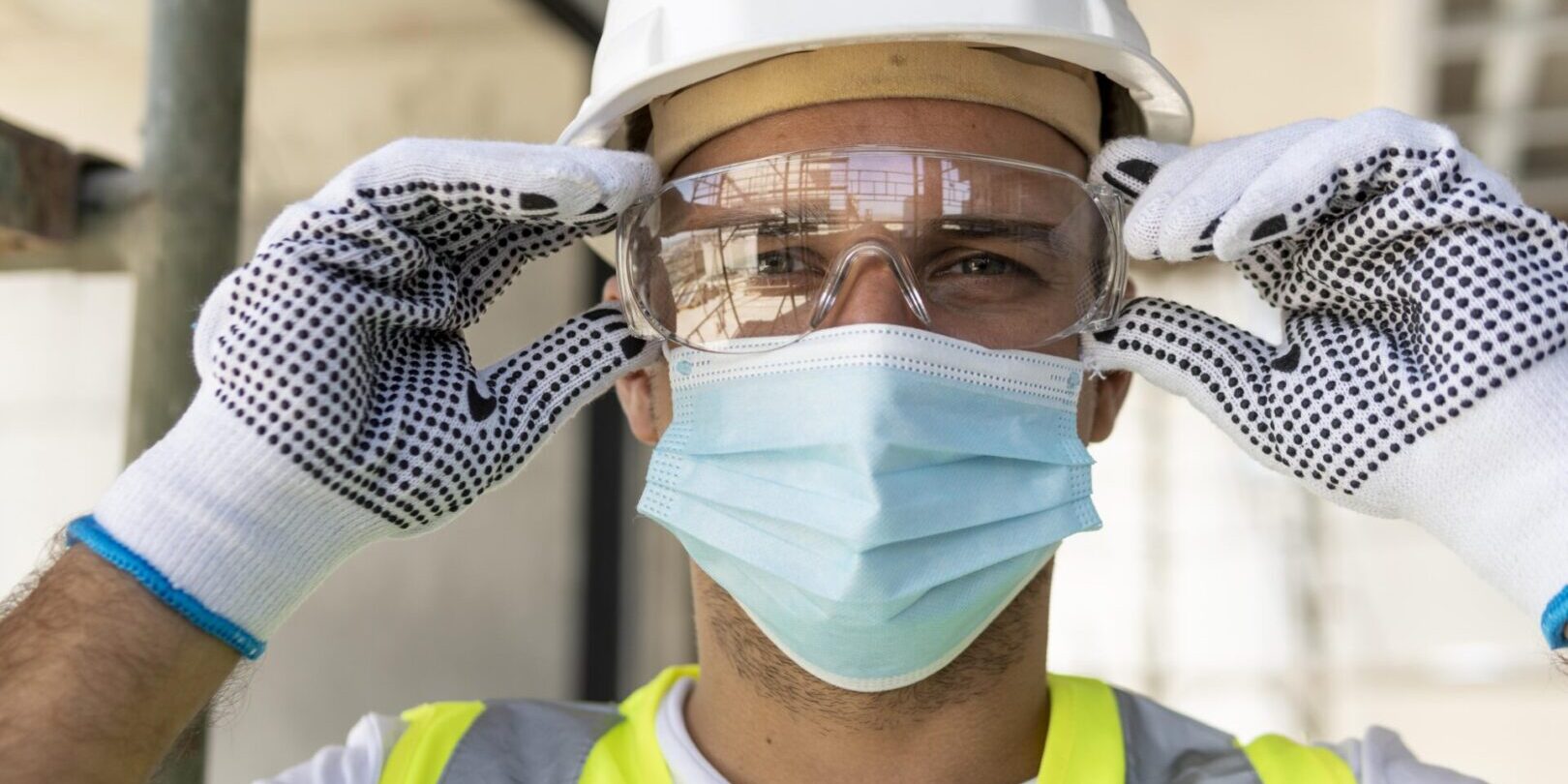By Bruce K. Lyon and Georgi Popov
Uncertainty and fear of the unknow are the real enemies.
From an enterprise and strategic perspective, “risk” is defined as “the effect of uncertainty on objectives” (ANSI/ASSP/ISO, 2018). When an organization is faced with significant uncertainty (or undefined risk), it is negatively affected in its ability to make decisions and successfully achieve its business objectives.
Hazard and operational risks present only negative effects such as harm to people and the environment, damage or loss of assets and property, interruption of business operations, and loss of income, market share and reputation, to mention a few.

Uncertainty
Uncertainty, strongly linked to probability, can occur in several different ways including a lack of relevant knowledge of the systems (epistemic uncertainty), a random, unpredictable nature surrounding the system (aleatory uncertainty), a vagueness or ambiguity inherent is spoken languages (linguistic uncertainty), and uncertainty associated with value systems, professional judgment, company values and societal norms (decisions uncertainty).
Organizations and individuals are now facing such uncertainty surrounding the COVID-19 pandemic. The actual impact of the pandemic goes far beyond the health risk to people. As we have witnessed, the effects of this pandemic have global implications that are unprecedented.
The risk continuum
Risk is dynamic and can be viewed as a continuum. It changes with the emergence of new conditions, changes in variables, risk drivers and exposures, degree of uncertainty, and effects of applied risk treatments. A continuum can be defined as a coherent whole characterized as a collection, sequence or progression of values or elements varying by minute degrees.
Assessing Pandemic-Level Risk: COVID-19
Risk is dynamic and continuously evolving with changing conditions, risk drivers, risk treatments and other variables. The risk pathway for a pandemic such as COVID-19 begins with the risk source: a new virus. In this case, the risk drivers (conditions that influence the risk source) may include global travel, social interactions, unknown vectors and environmental conditions. Exposures to the risk source might include the organization’s employees and key personnel, its suppliers, customers and contractors, possibly healthcare providers and waste management.

Assessing Pandemic-Level Risk: COVID-19
Risk is dynamic and continuously evolving with changing conditions, risk drivers, risk treatments and other variables. The risk pathway for a pandemic such as COVID-19 begins with the risk source: a new virus. In this case, the risk drivers (conditions that influence the risk source) may include global travel, social interactions, unknown vectors and environmental conditions. Exposures to the risk source might include the organization’s employees and key personnel, its suppliers, customers and contractors, possibly healthcare providers and waste management.
Infectious Disease Preparedness & Response
The risk of an infectious disease outbreak, epidemic or pandemic in the workplace must be managed so that an organization can continue to protect its employees, operate safely and achieve its objectives. This requires that the organization develop an infectious disease preparedness and response plan of time with internal trigger points for implementation and response. Such a plan should be developed in accordance with guidance from CDC and OSHA as well as state and local agencies, medical experts and key personnel. In addition, the plan should be integrated into the organization’s safety and health management system, and business continuity, crisis management and communication plans.
Roles and Responsibilities
Both managers and employees have important roles in providing and maintaining a safe workplace during infectious disease outbreaks. A breakdown of the responsibilities for leadership and employees concerning infectious disease prevention, communication and action plans should be defined and effectively communicated.

Conclusion
Because the uncertainty from global pandemic can significantly affect organizations, it is critical to be prepared for such risk in advance. Ad part of an organization’s business continuity planning, risk assessment and risk management methods should be used to address pandemic level risks such as COVID-19.
Rarely is one control method adequate in preventing or protecting people, property or environment from harm. The layering of controls and defenses has been used throughout the years and has proven to be effective in reducing the risk from multiple threats. OSH professionals should consider this approach for the workplace when analyzing and designing risk reduction measures by including both preventive and mitigating controls. Using methods such as what-if analysis, SWIFRA, bow-tie diagramming, and layers of control analysis to analyze control effectiveness and estimate risk summation can help OSH professionals identify weaknesses and needs for building additional layers of control.
References
ANSI/ASSP/ISO. (2018). Risk management- Guidelines (ANSI/ASSP/ISO 31000-2018).
ANSI/ASSP/ISO/IEC. (2019). Risk management- Risk assessment techniques (ANSI/ASSP/ISO/IEC 31010-2019).
Lyon, B.K. & Popov, G. (2019, May). Risk treatment strategies: Harmonizing the hierarchy of controls and inherently safer designs concepts. Professional Safety, 64 (5), 34-43.
Lyon, B.K. & Popov, G. (2020a, March). COVID-19: The role of the risk management process and its impact on pandemics [Webinar]. www.assp.org/resources/covid-19/webinars/covid-19-the-role-of-the-risk-management-process-and-its-impact-on-pandemics
Lyon, B.K. & Popov, G. (2020b, April). Managing risk through layers of control, Professional Safety, 65(4), 25-35.
Lyon, B.K. & Popov, G. (2020c, June). The power of what-if: Assessing and understanding risk. Professional Safety, 65(6), 36-43.
Minkoff, Y. (2020, March 17). Futures swing between gains and losses in volatile action. Seeking Alpha. https://seekingalpha.com/news/3552354-futures-swing-gains-and-losses-in-volatile-action
OSHA. (n.d) Indoor air quality investigation: Recommendations for the employer. www.osha.gov/dts/osta/otm/otm_iii/otm_iii_2.html#5
OSHA. (n.d) Indoor air quality investigation: Recommendations for the employer. www.osha.gov/dts/osta/otm/otm_iii/otm_iii_2.html#5
OSHA. (2003, Feb. 24). Standard interpretation: OSHA policy on indoor air quality: Officer temperature/humidity and environment tobacco smoke. www.osha.gov/pls/oshaweb/owadisp.show_document?p_table=interpretations&p_id=24602
OSHA. (2020). Guidance on preparing workplace for COVID-19 (Publication No. 3990-03-2020). www.osha.gov/Publications/OSHA3990.pdf
Yale University. (2019). Flu virus’s best friend: Low humidity. ScienceDaily. www.sciencedaily.com/releases/2019/05/190513155635.htm

